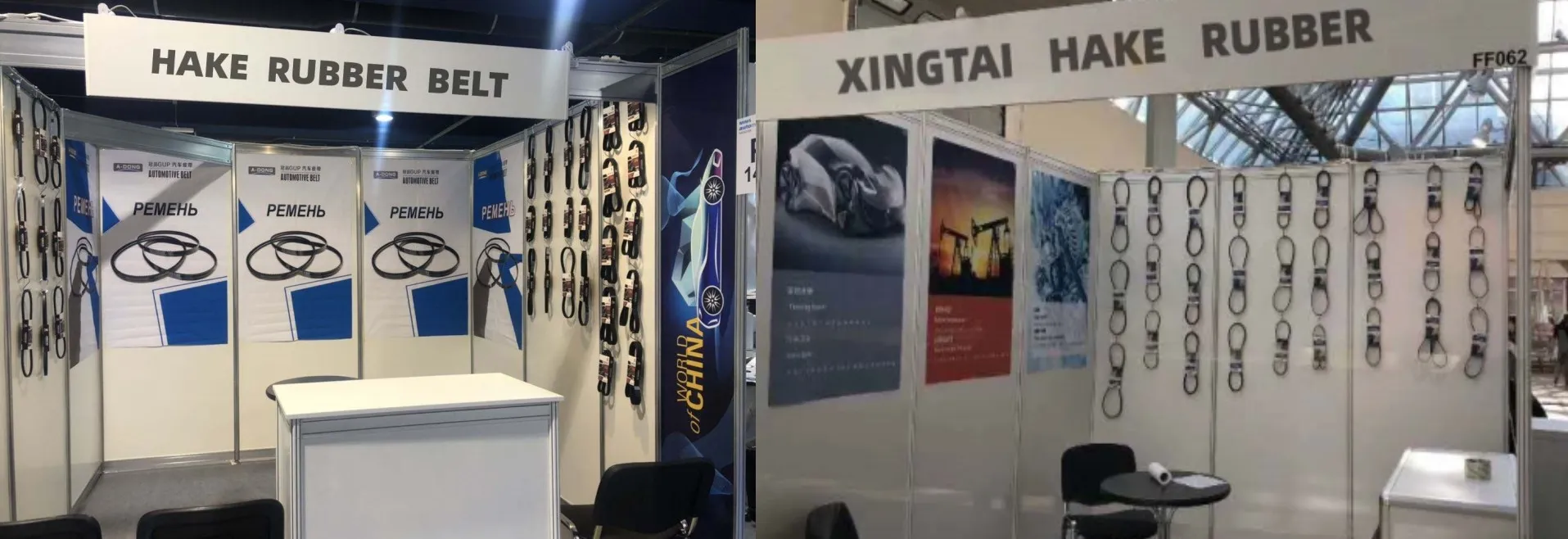- Arabic
- French
- Russian
- Spanish
- Portuguese
- Turkish
- Armenian
- English
- Albanian
- Amharic
- Azerbaijani
- Basque
- Belarusian
- Bengali
- Bosnian
- Bulgarian
- Catalan
- Cebuano
- Corsican
- Croatian
- Czech
- Danish
- Dutch
- Afrikaans
- Esperanto
- Estonian
- Finnish
- Frisian
- Galician
- Georgian
- German
- Greek
- Gujarati
- Haitian Creole
- hausa
- hawaiian
- Hebrew
- Hindi
- Miao
- Hungarian
- Icelandic
- igbo
- Indonesian
- irish
- Italian
- Japanese
- Javanese
- Kannada
- kazakh
- Khmer
- Rwandese
- Korean
- Kurdish
- Kyrgyz
- Lao
- Latin
- Latvian
- Lithuanian
- Luxembourgish
- Macedonian
- Malgashi
- Malay
- Malayalam
- Maltese
- Maori
- Marathi
- Mongolian
- Myanmar
- Nepali
- Norwegian
- Norwegian
- Occitan
- Pashto
- Persian
- Polish
- Punjabi
- Romanian
- Samoan
- Scottish Gaelic
- Serbian
- Sesotho
- Shona
- Sindhi
- Sinhala
- Slovak
- Slovenian
- Somali
- Sundanese
- Swahili
- Swedish
- Tagalog
- Tajik
- Tamil
- Tatar
- Telugu
- Thai
- Turkmen
- Ukrainian
- Urdu
- Uighur
- Uzbek
- Vietnamese
- Welsh
- Bantu
- Yiddish
- Yoruba
- Zulu
Oct . 12, 2024 03:36 Back to list
Engine Accessory Belt Drive System Overview and Maintenance Tips for Optimal Performance
Understanding the Engine Accessory Drive Belt
The engine accessory drive belt, often referred to as the serpentine belt or the fan belt, plays a crucial role in the functioning of modern automobiles. This belt is responsible for driving multiple peripheral devices such as the alternator, power steering pump, water pump, and air conditioning compressor. The efficient operation of these components is vital for the overall performance and reliability of the vehicle.
Structure and Composition
Typically made from durable rubber compounds, the engine accessory drive belt is designed to withstand high temperatures and the stresses of constant movement. Most modern vehicles utilize a serpentine belt, which is a long, continuous belt that winds around multiple pulleys, enabling it to drive several accessories simultaneously. This design not only simplifies the belt system — cutting down on the number of belts needed — but also enhances reliability and performance.
Functionality
As the engine runs, the crankshaft pulley drives the serpentine belt. The rotation of the belt activates the pulleys of various accessories attached to the engine. For instance - Alternator It generates electrical power to recharge the battery and power the vehicle's electrical systems. - Power Steering Pump This system assists drivers in steering the vehicle by reducing the effort needed to turn the steering wheel. - Water Pump Maintains engine temperature by circulating coolant to and from the engine and radiator. - Air Conditioning Compressor Provides the necessary power to compress refrigerant in the AC system, enabling climate control within the cabin.
Signs of Wear and Tear
engine accessory drive belt

Like any component in an automobile, the engine accessory drive belt has a lifespan and is subject to wear and tear. Drivers should be vigilant for signs that the belt may need replacement. Common indicators include - Squeaking or squealing sounds Usually a sign of a loose or worn belt. - Cracks or fraying Visible damage on the belt itself is an indication that it is deteriorating. - Loss of functionality in accessories If electrical components or steering assist begins to falter, it may be due to a failing belt.
Maintenance Tips
To ensure the longevity of the engine accessory drive belt, regular maintenance is essential. Here are some tips for maintaining this critical component 1. Regular Inspections Mechanics recommend checking the condition of the belt during routine maintenance. A visual inspection can often reveal issues before they lead to breakdowns. 2. Check Tension A belt that is too loose or too tight can cause premature wear. Most vehicles have an automatic tensioner, but it's essential to ensure it is functioning correctly. 3. Replace as Recommended Consult the vehicle’s owner manual for recommended replacement intervals, typically every 60,000 to 100,000 miles.
Conclusion
The engine accessory drive belt may seem like a small component, but its importance is far-reaching. It connects the engine’s power to essential accessories, playing a significant role in the comfort, safety, and efficiency of the vehicle. By understanding its function, recognizing the signs of wear, and performing regular maintenance, drivers can ensure their vehicle remains reliable and performs optimally.
Investing attention into this critical component leads to fewer headaches down the road and can save on costly repairs caused by a sudden belt failure. Therefore, make sure to prioritize the health of the engine accessory drive belt for a smoothly running vehicle.
-
Korean Auto Parts Timing Belt 24312-37500 For Hyundai/Kia
NewsMar.07,2025
-
7PK2300 90916-T2024 RIBBED BELT POLY V BELT PK BELT
NewsMar.07,2025
-
Chinese Auto Belt Factory 310-2M-22 For BMW/Mercedes-Benz
NewsMar.07,2025
-
Chinese Auto Belt Factory 310-2M-22 For BMW/Mercedes-Benz
NewsMar.07,2025
-
90916-02660 PK Belt 6PK1680 For Toyota
NewsMar.07,2025
-
drive belt serpentine belt
NewsMar.07,2025

